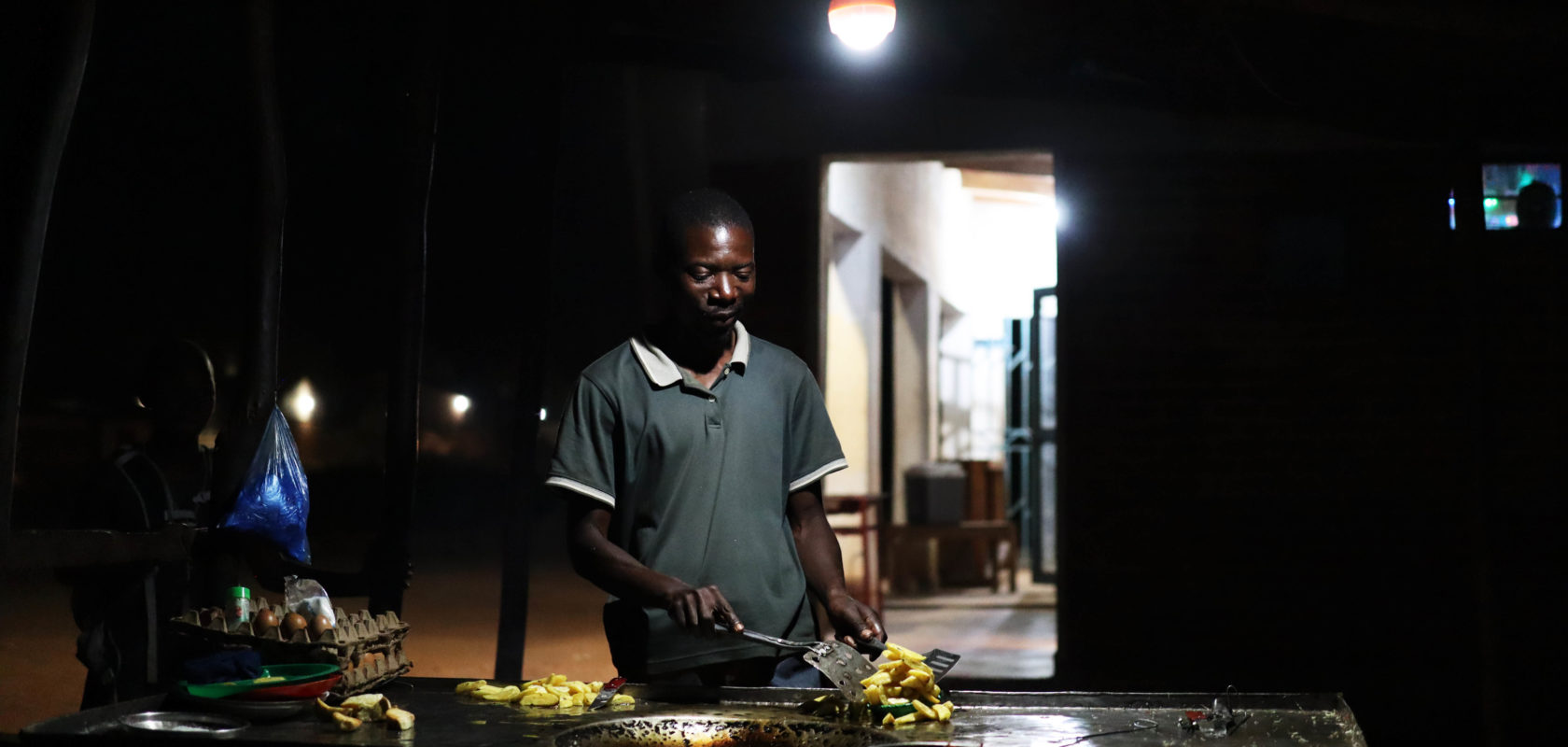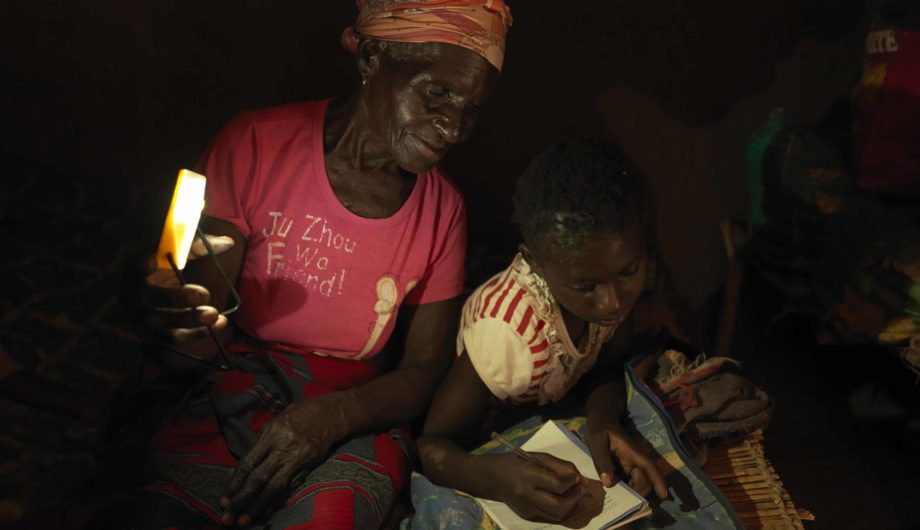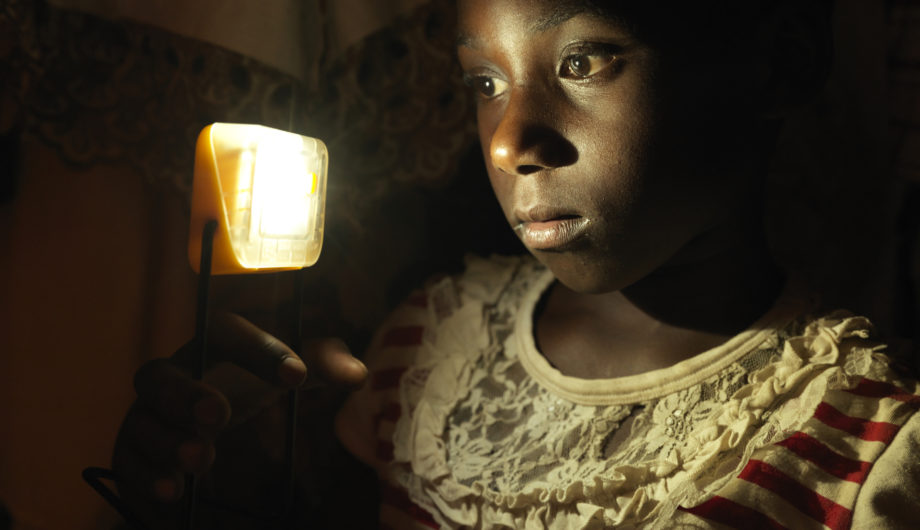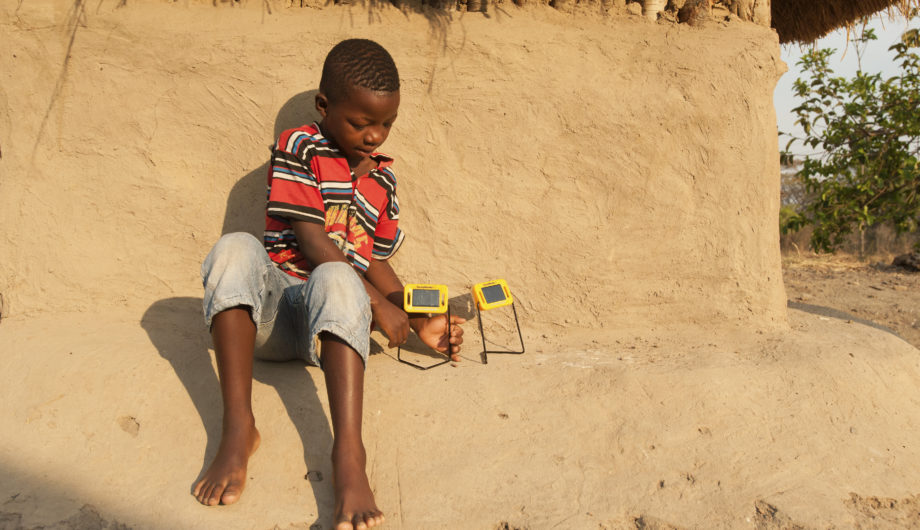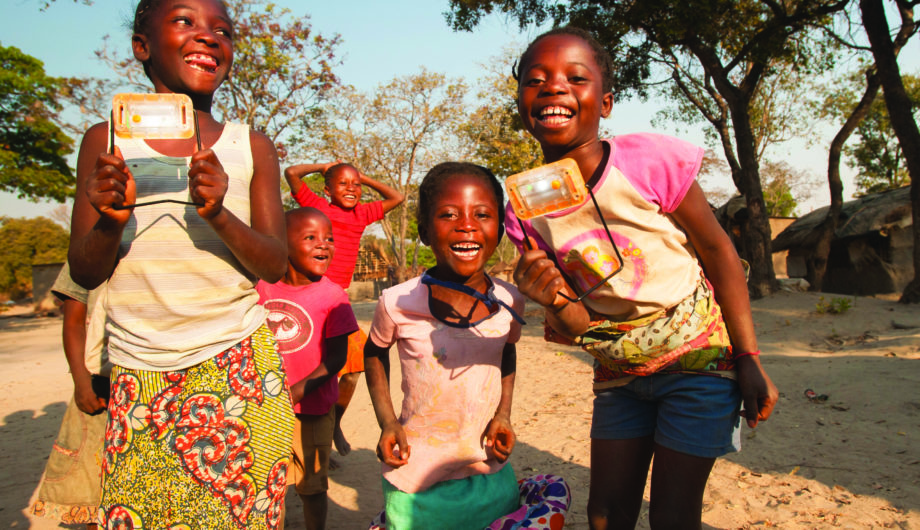For each £15 donated to or fundraised for SolarAid, one more solar light is directly added to a home, school or clinic.
It is not only the cost of the light itself, as we sell solar lights at a fair market price. This also takes into account all our costs related to getting stock of solar lights in the most rural areas of Africa. It further includes building awareness, so more people can support us – and we can reach even more families with clean light, along with researching the impact of our work and sharing our learnings with other organisations.
We also factor in the income we recycle from selling lights through SunnyMoney, our award winning social enterprise, along with any funding commitment over £0.5 million we have secured. Currently we have one corporate funder who has committed to donate £2 million over 3 years.
£15 is the amount we need for each solar light to shine in the homes, schools and clinics we have plans to reach in the next 3 years. And the lights we provide can vary from a handheld study light right up to a solar system that can light up a school classroom or a ward in a clinic.
Your donation pays for reaching people, trying new ideas, training local entrepreneurs and everything that is needed to get solar lights into the hands of those that will benefit the most, in a way that is sustainable and will spread.
And as we know the impact of a solar light, we can also estimate what impact your donation will have and we use historical data to monitor and help make adjustments.
In its simplest form, we know the impact of one solar light to a family’s life is as follows:
- Every member of the household uses it.
- 5 people reached with clean, safe light.
- 1 more child studying after dark.
- $126 saved each year as families no longer have to buy candles, kerosene or batteries.
- 4 people feeling safe at home.
*In January 2016, SolarAid adopted the Global Off-Grid Lighting Association (GOGLA) ‘Standardised Impact Metrics for the Off-Grid Energy Sector. To date, we have amassed over 30,000 direct research interactions with customers and partnered with expert research bodies such as 60 Decibels, University of Edinburgh, University of California, Berkeley and Stanford University to name a few.
